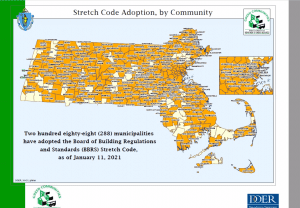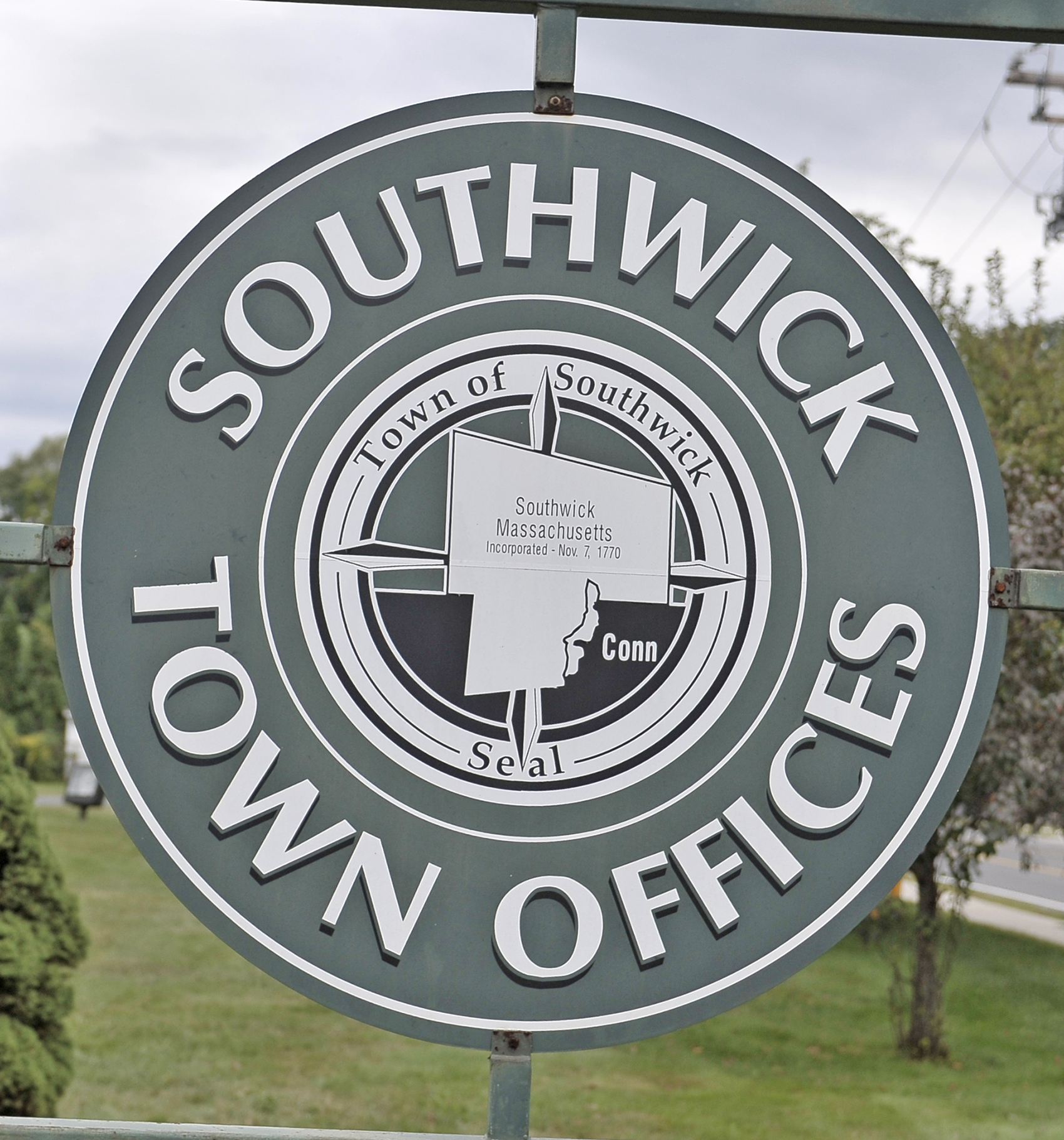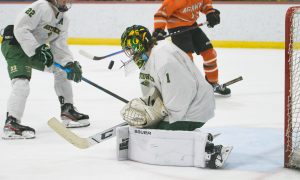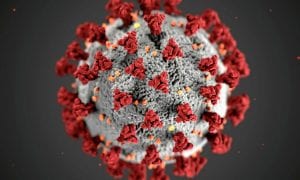SOUTHWICK – The Southwick Select Board is continuing its forward motion toward becoming a Green Community.
During the board’s April 5 Zoom meeting, Mark Rabinsky, western regional coordinator for the Green Communities, a division of the Department of Energy Resources, discussed the adoption of the stretch code. The Stretch Energy Code is an appendix to the Massachusetts Building Code, created by the Massachusetts Board of Building Regulations and Standards (BBRS). It results in cost savings and environmental benefits through improved building energy efficiency. This is one of five qualifying steps that must be taken to be designated a Green Community, which then gives the town options for funds to tackle projects that help Southwick become greener.

Mark Rabinsky, regional coordinator for the Green Communities division of the Department of Energy Resources, speaks to the Southwick Select Board April 5 via Zoom. (SCREENSHOT)
The steps are: Adopting as-of-right siting for RE/AE generation, R & D, manufacturing; adopingt an expedited permitting process; creating an energy reduction plan to reduce energy use by 20% in five years; adopting a fuel-efficient vehicle purchase policy; and minimizing the cost of new construction and adopting the stretch code.
Rabinsky said the stretch energy code is applicable to new residential construction and new commercial construction greater than 100,000 square-feet, or under 40,000 square-feet for conditional spaces.
“Additions are exempt,” Rabinsky stressed. “Any out-buildings, such as sheds, are excluded.”
Rabinsky said the energy stretch code seemed almost unobtainable years ago, but most communities today are very close to its qualifications already.
“One of the misconceptions is that it is new or experimental,” he said. “It is not.”
Other misconceptions Rabinsky noted are that the code requires tight, unhealthy homes and that residents would be required to update existing codes to the new stretch standards.

A current map of Massachusetts’ designated Green Communities. (SCREENSHOT)
Rabinsky said the stretch code is not much of a stretch any longer and that current base codes allow for two options: prescriptive and performance.
Prescriptive codes include a checklist of compliance measures and inspections during and post construction. Performance codes include pre and post construction energy modeling and inspections during and post construction. The stretch code eliminates the prescriptive codes, which Rabinsky said do not guarantee good installation, air and water tightness or that thermal insulation is effective.
Rabinsky said under the stretch code, a Home Energy Rating System (HERS) must be completed by a third party.
During the zoom, Rabinsky was asked if the town could select its own HERS company and what was the process.
Rabinsky’s colleague Will D’Arrigo said he was HERS certified and previously worked for a HERS inspection company. D’Arrigo said the town has options.
“You can choose,” he said. “It’s like hiring a contractor or a subcontractor.”
Rabinsky said he was available for further questions from the board or residents and would attend the May 18 Annual Town Meeting where voters will decide whether or not to adopt the stretch code.







